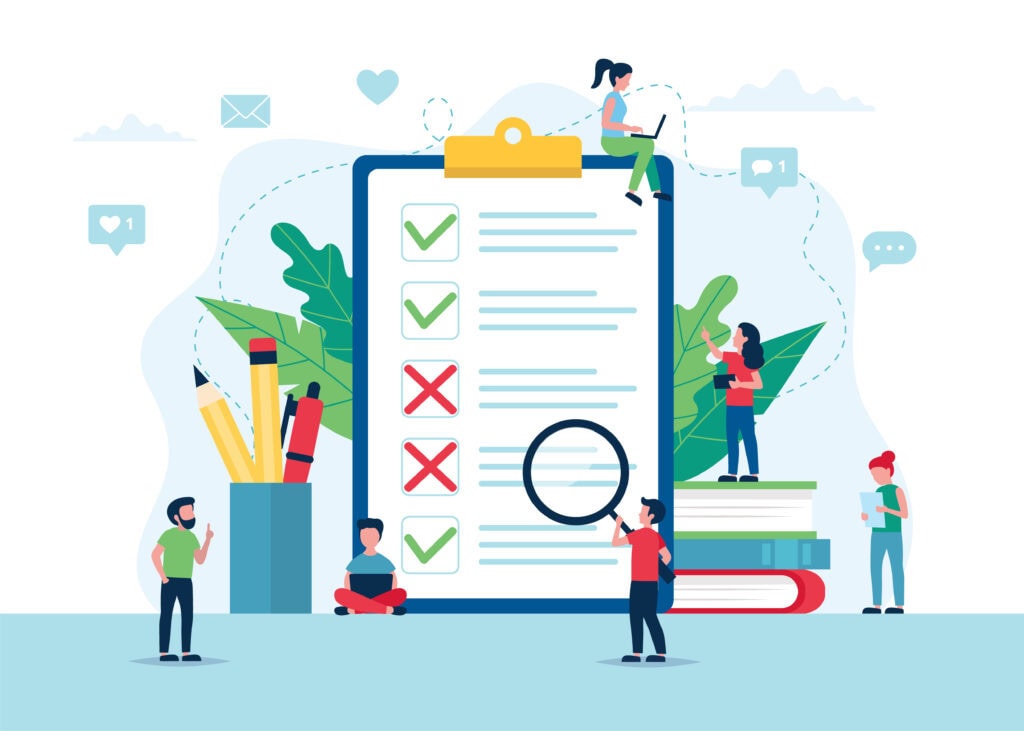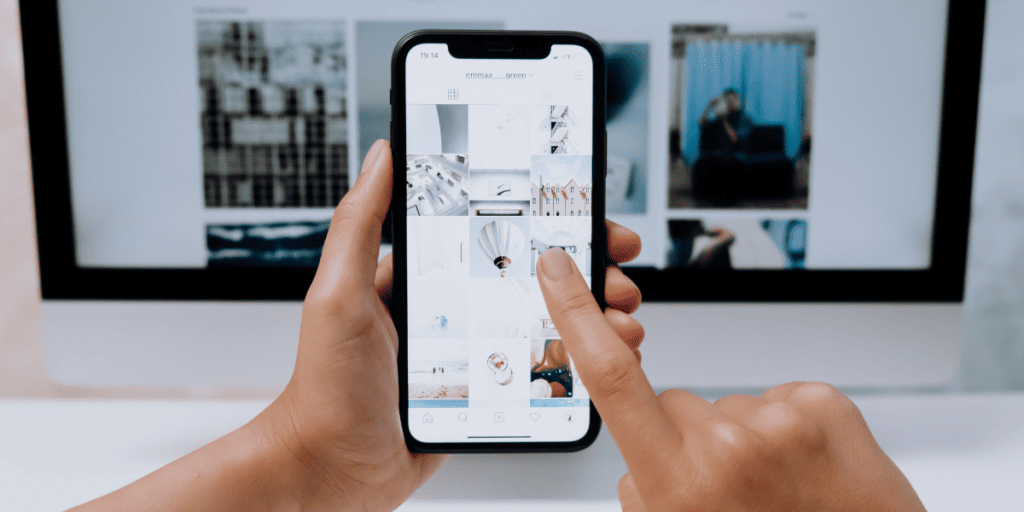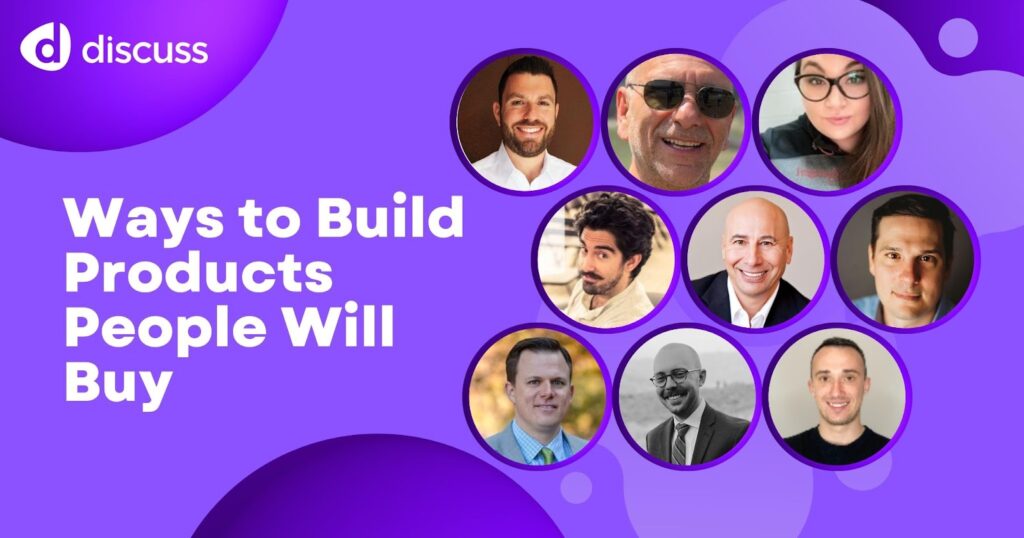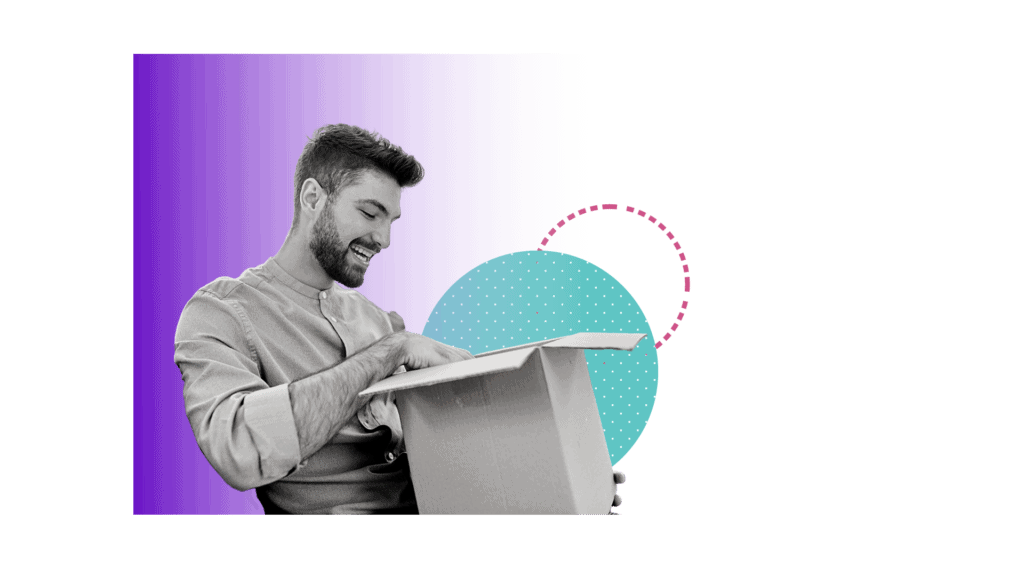How to Create the Best User Research Questions

Even the most advanced product designers can’t always find a clear path to building products that people love. It can be difficult to understand target audiences, what they want, and how they think. Carl Jung once said, “To ask the right question is already half the solution to the problem.”
When it comes to understanding people, this couldn’t be more true. Direct conversations with users is critical for responsive, agile product development. It’s one of the best ways to uncover people’s unmet needs and create what they want. However, it can be challenging to come up with the right user research questions.
In this article, we’ll explain the steps in creating effective questions to gain authentic responses from users. We’ll then take you through how to structure user conversations and give some examples of key questions to ask users through the qualitative research process.
What are user interview questions?
User interview questions help guide a user into telling their story by explaining their experiences. Researchers leverage user interview questions to understand the ‘how’ and ‘why’ of users’ interactions with and understandings of a product, feature, app or other offering.
User interview questions therefore give context and color to people’s experiences. They can be used to help product teams define a roadmap and prioritize product features and capabilities, align stakeholders on a vision for the product, identify friction points and translate them into product solutions, monitor the market for competitive analyses, and more.

How can you create good user research questions?
While there is no one-size-fits-all approach to coming up with effective user research questions, there are some foundational elements that should be considered in any research process:
- Avoid leading and/or biased questions.
For example, “What did you like the most about this product?” can imply a motivation behind the study (i.e. presenting insights that assume all participants like the product). As a result, the respondent may lose trust in the interviewer and give responses that are inauthentic or inaccurate. - Focus on experiences and behaviors, rather than participant preferences.
For example, “Why did you buy that product?” is a basic question and a staple of market research surveys. However, the reality is that most people operate on auto-pilot when they make a purchase. According to Harvard professor Gerald Zaltman, 95% of purchase decision-making is subconscious or autonomic. - Stick with direct, simple questions.
Seasoned moderators can act like commuters driving home from work — they’ll know where they’re going, feeling a level of comfortability that tempts them to multi-task, or make turns too quickly for a passenger to enjoy. For example, “What drew you to download this app and what are your favorite features?” could cause the respondent to conflate the two questions, or feel overwhelmed with where to start.
Examples of user research projects
Before jumping into some example user research questions, it’s important to identify key objectives in holding user conversations. First, identify which of the three basic types of user research projects you are conducting: exploratory, generative, or evaluative.
- Exploratory: The goal of exploratory research is to develop an empathetic knowledge base of the end user, particularly when product teams are unclear who their target audiences are. This type of research is conducted at the earlier stages of the design process: planning, scoping, and definition phases.
- Generative: Typically informed by exploratory research, the goal of generative research is to capture context-rich information and further develop empathy by providing space for users to express their feelings, needs and desires. Generative methods of research often include co-designing activities such as diagramming, drawing, cognitive mapping and other exercises to guide the generation of design concepts and early prototyping. (To learn more about co-designing, watch our webinar with Forrester, “Rethinking the Agile Manifesto.”)
- Evaluative: Evaluative research involves the testing of prototypes, products or features by prospective users of a project in development. The goal of evaluative research is to measure people’s expectations against the end product in order to gauge whether it is desirable, useful, and usable. Evaluative research is ideally interactive and iterative to support agile product development. Evaluation methods, when conducted as part of exploratory or generative research, should primarily be used to verify how effectively users’ needs have been addressed.
Exploratory and generative research are typically more comprehensive and time-consuming, as they are conducted when product teams are still in the process of identifying and understanding their target audiences.
To give a clearer picture of what later-stage evaluative research looks like, here are three examples:
- First time user study: Teams observe users’ first time sign-up experience and interaction with a product, feature or app. Researchers can explore any friction in first time users’ onboarding experience – that is, the introduction to the product, app or feature to a user. This may involve requiring the user to complete tasks, such as setting up an account or preferences.
- User intent study: Teams can understand the goal of their users with this type of study – what they are hoping to achieve by using a product, feature or app – and why they are choosing one over another. Researchers uncover key features that stick with users in order to differentiate their offerings. User intent studies are ideal for very large products with many different types of features, or if there are a lot of competitors with the same offerings.
- Dormant user study: Teams conduct this type of study to understand attrition by engaging with a group of users that adopted their product but then decided to leave. To understand why this group of users were both drawn to, and decided to stop using, a product, feature, or app, researchers explore questions of product value, user expectations, and usability. This type of study is ideal for organizations with subscription-based offerings, where attrition can be common.
Examples of user research questions
- Exploratory questions
Exploratory questions should be open-ended, discovery-based questions that require more than a “yes” or “no” response. These should focus on the “why” and “how,” rather than starting off with “Have you ever…” or “Did you use this feature to…” Examples- How do you typically decide whether or not to download an app?
- What is the ideal feature/features you think should be included in this product?
- What led you to seek out products like this one in the past?
- Generative questions
Generative questions help teams capture more process-related information and typically involve more participatory methods of research.Examples- Can you describe how you would typically undertake this task with the help of an app?
- Let’s pretend I am new to this feature, can you walk me through how it works and why it’s helpful?
- Can you share your screen with me and show me how you complete this task using this product?
- Evaluative questions
Evaluative questions seek to gauge users’ expectations for quality, usability, and other desirable aspects against their actual experience with the product.Examples- What were your impressions of this app after you used it for the first time?
- How would your colleague respond if you told her about this feature?
- How do you think this product lined up with your expectations?
A standard user research question flow
Typical User Research Question flow includes five different question types: ice breaker, introduction, key, summary, wrap-up.
| Type of question | Purpose | Example questions |
| Ice breaker | To get respondents to open up by putting them at ease and building a rapport. Demonstrate that you’ve read about their background and consider them to be a valuable participant. | – I see that you attended a great college, UCLA, can you recall what some of your favorite courses were?
– I’ve never interviewed a physical therapist before, do you get a lot of people asking you for exercise advice? |
| Introduction | To introduce the topic at hand and shift the focus to the product, feature, or app you would like to discuss. | Tell me about your favorite app for getting new exercise routine ideas — what do you like about it? |
| Key | Achieve research objectives by exploring your primary interests. | – How often do you use your phone to get new workout ideas?
– Tell me about your most recent experience using an app for exercise routines. |
| Summary | Explore broader implications of the responses to key questions. | Considering everything that we’ve discussed today, what’s the one thing that’s most important to you? |
| Wrap-up | Conclude the discussion. | Is there anything else that we didn’t talk about that you’d like us to know? |
What effective user research looks like
Effective user research interviews are the starting point for understanding people, their experiences, and their voice as it relates to improving user experience (UX). The most powerful insights generated from effective user conversations are marked by how actionable they are for organizations, who can then produce products that make people’s lives easier.
To learn more about how to leverage user research for product design and development, read our guide: “Build What People Will Buy: How Qualitative Research Improves Technology Product Development.”
Sign Up for our Newsletter
Related Articles

Unmoderated Usability Testing: How to Test Your Website Without a Moderator
In the bustling world of digital user experience, understanding how users interact with your website is vital. Unmoderated usability testing…
In the bustling world of digital user experience, understanding how users interact with your website is vital. Unmoderated usability testing…

13 Ways to Build Products People Will Buy
How can companies build products that people will buy? To help you build the best products people will buy, we…
How can companies build products that people will buy? To help you build the best products people will buy, we…

In-Home Usage Testing: Everything You Need to Know
Imagine you’re a market researcher for a company that produces a best-selling wireless bluetooth speaker. Your product has proven to…
Imagine you’re a market researcher for a company that produces a best-selling wireless bluetooth speaker. Your product has proven to…


